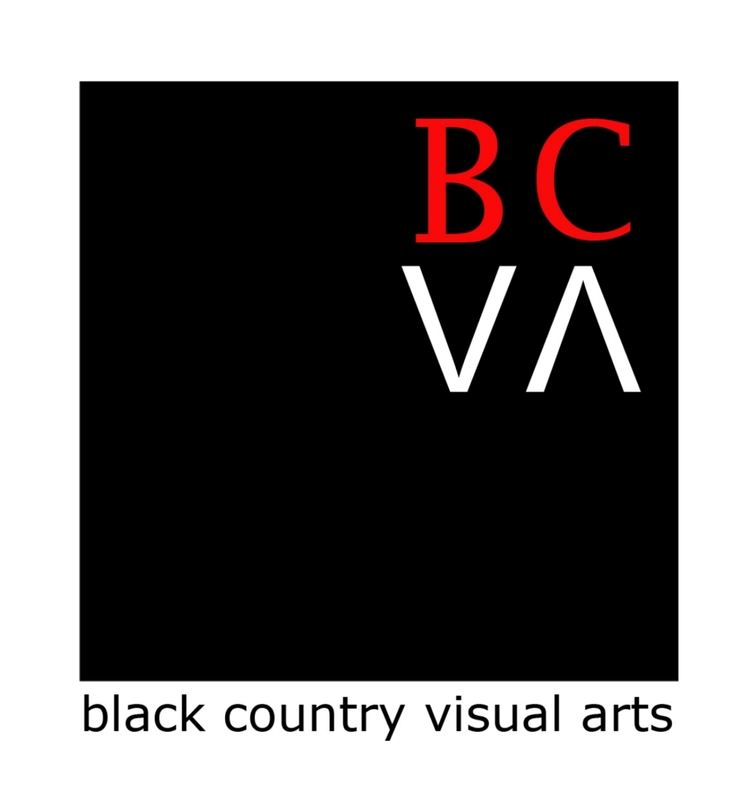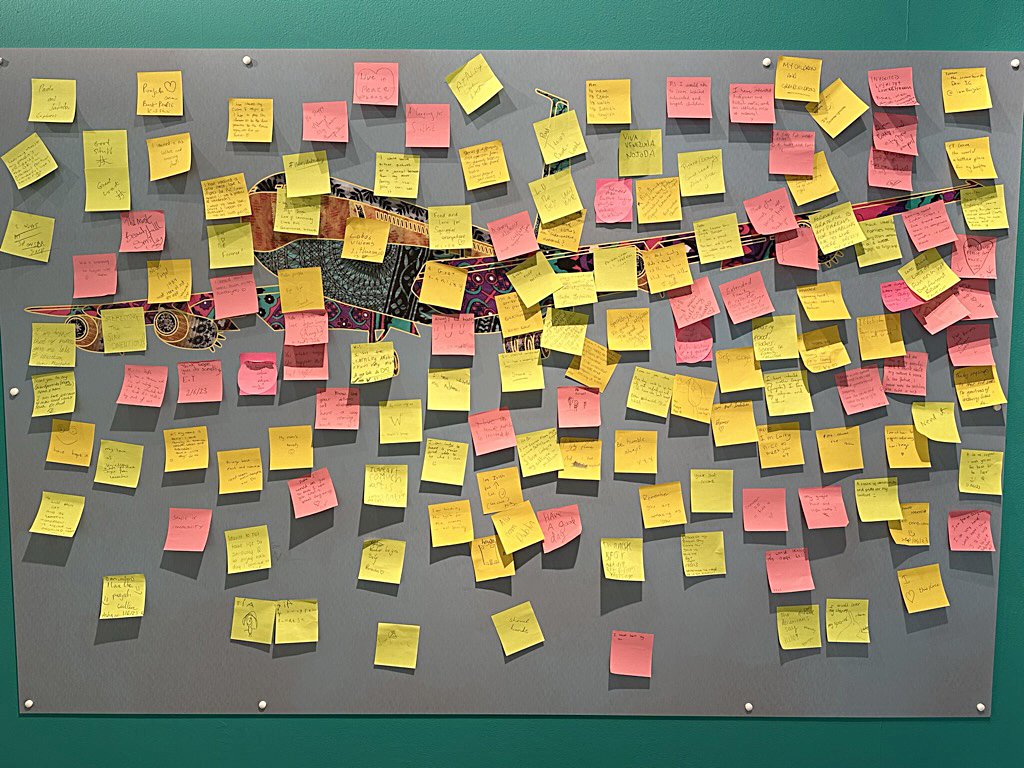There are many really great aspects of the Punjabi Migration to Wolverhampton exhibition at Wolverhampton Art gallery that have all been prompted and produced by a local team of volunteers (14 in total & officially known as Citizen Uk Researchers coined by lead partners National Portrait Gallery) and made up largely from the Punjabi diaspora from the area. BCVA director Anand Chhabra applied to be the lead artist and received the role to help bring together an arts focused project co-created and co-produced by the local community. He has been working with a group of largely volunteers over the course of 9 months training in archiving and recording oral histories and helping with questions for interviewing participants. Anand was also commissioned by NPG and chose to approach participants to see if they would have their portrait taken for the project. The result was an exhibition lauded by visitors and staff and made up of archival images, ephemera and new portraits of significant Punjabi’s as well as lesser known members of the community. The audio stories you can hear have been edited by the artist and technically produced by volunteer Akashi Kohli and to a high quality from the supplied digital dictaphones which volunteers used and in some cases personal mobile phones. Each story has been edited down to about 10 mins each from sometimes 5 hrs of recording life stories. Special thanks to researchers like Raveena Jassal for helping curating the exhibition that made it more meaningful for Punjabi visitors, having the interpretation translated in Punjabi as well as designs that relate to the cultural references to Punjabis’s as well as an interactive space for the whole community to put down their thoughts about the migration of Punjabi’s to Wolverhampton or even their own thoughts about the project. Indeed all volunteers who found some amazing participants with Anand. Thankful to our participants who helped to record their stories with pioneering figures in the Punjabi community such as Tarsem Singh Sandhu (the central figure who opposed the ban on the turban as a bus worker in 1968) Harjinder Kaur one of the first if not the first South Asian woman helping Punjabi women to improving their health and resources available to them in the city. Bishan Dass the first Mayor of Wolverhampton and of Indian origin in the UK. We also had those who had their had in the cultural life of Punjabi’s Kuli Kohli Wolverhampton’s first disabled poet laureate of Wolverhampton of South Asian origin. Also original band member Kash from Azaad bhangra band originating from Wolverhampton in the late 1970-80s and achieving world wide success, Dharma Pal (European Champion and World runner up power lifting champion 1977-78). Then there is Mak Singh who inspired by the 1970s Bollywood film ‘Dharam Veer’ as a young boy and ends starring in his own film as well as meeting the lead in the original film he was inspired by. We also had Sathnam Singh Sanghera talked brilliantly about his aearly years and right up to notoriety as a Times Columnist and we also interviewed his mother whose story around the early years of life in one of the most densely populated parts of the city remained unrecorded up to now. for Harbans Heera who detailed his work as pioneer of the first ever place of worship and Mrs Jain’s story as one the first ever Asian women teachers in the city. So many profound stories recorded first hand and will be made available at the City Archives in Wolverhampton. So many people to thank as well in this project and incredible to turn it all around in a short space of time. Special thanks to Emily Stone and Alex Talbot at National portrait Gallery for some very hard work and also Carol Thompson at Wolverhampton art Gallery in order to realise this project.
Audiences view World map along with maps of Punjab and Wolverhampton and can interact with their own country of origin on the map.
Audiences view portraits of participants co-created by them with the photographer at their former places of work.
Interpretation tranlated into Punjabi and imitated by the C UK Researcher team of volunteers. This benefited Punjabi visitors and in particular the older generation who first language is Punjabi.
Audiences listen to important historical and first hand stories about Punjabi migration by participants from th ePunjabi community at Wolverhampton Art Gallery.
An interactive board with a plane made from Punjabi material and inspired by the research team of volunteers. A smorgasbord of opinions made by audiences interacting with the thoughts of migration to the city.





